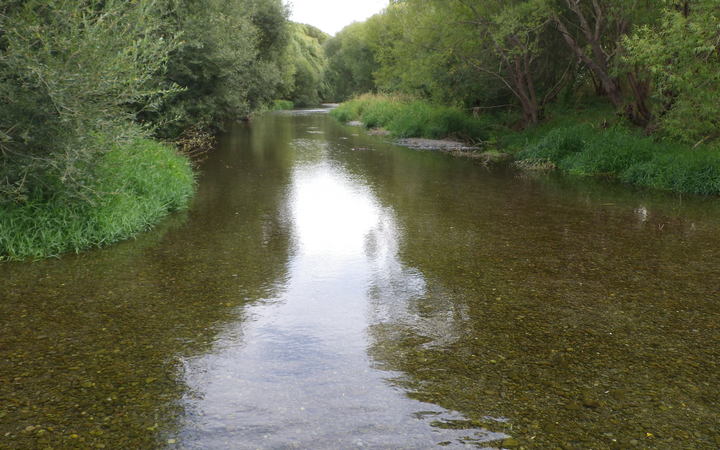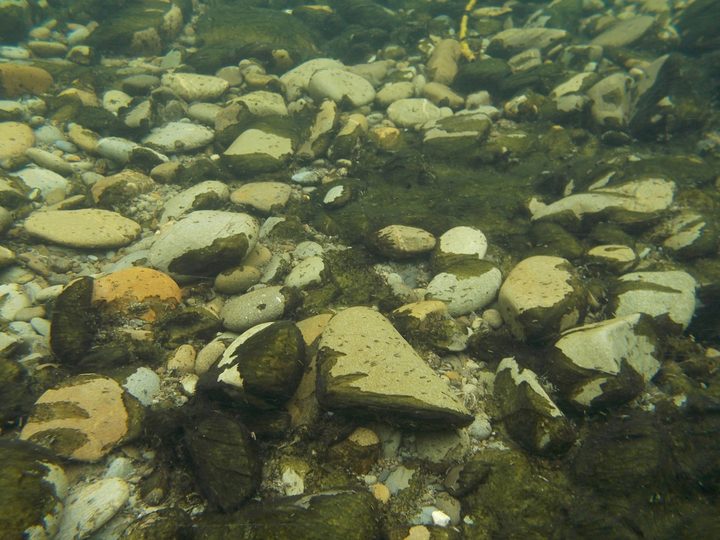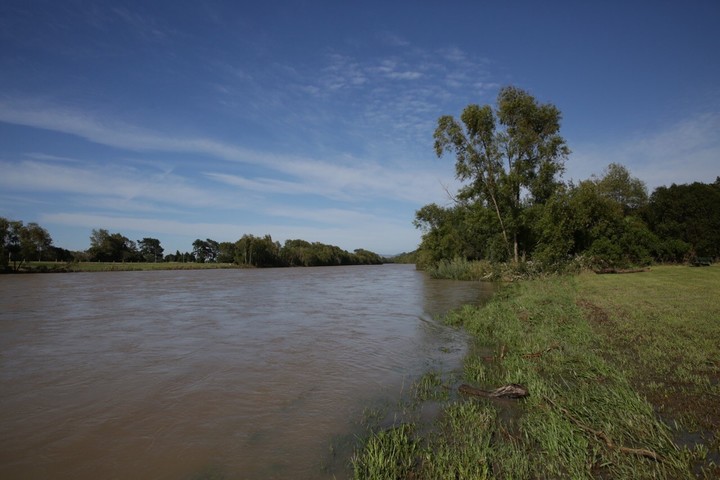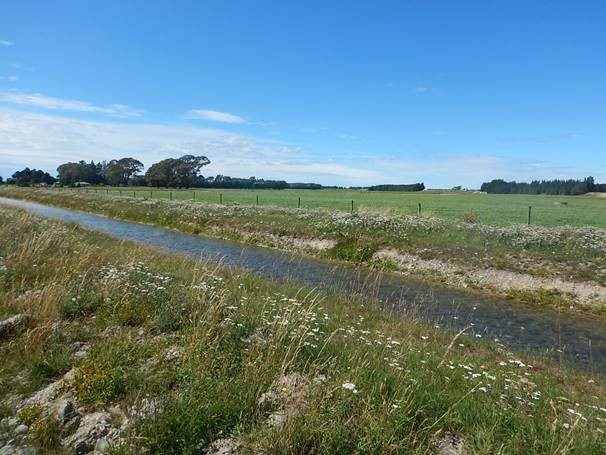All
these articles, taken together, attests to a major problem with New
Zealand’s rivers and clean drinking water, inexcusible in such as
small country that is nevertheless surpassing its carrying capacity.
E-coli
closes popular Taranaki swimming holes

Tests
found high levels of the bacteria at Queenstown Bay on Sunday, and
the Queenstown Lakes District Council (QLDC) were advising people to
avoid contact with the water until the levels subsided on Monday
morning.
Swimmers
were also advised to stay out of the water at Frankton Bay on two
occasions last summer due to high E coli levels, which can cause
people to become sick.
Tests
found high levels of the bacteria at Queenstown Bay on Sunday, and
the Queenstown Lakes District Council (QLDC) were advising people to
avoid contact with the water until the levels subsided on Monday
morning.
Swimmers
were also advised to stay out of the water at Frankton Bay on two
occasions last summer due to high E coli levels, which can cause
people to become sick.
Fluctuating
E coli levels in Queenstown's Lake Wakatipu are going largely
unexplained, prompting calls for more scientific research.
Tests
found
high levels of the bacteria at Queenstown Bay on Sunday,
and the Queenstown Lakes District Council (QLDC) were advising people
to avoid contact with the water until the levels
subsided
on Monday morning.
Swimmers
were also advised to stay out of the water at Frankton Bay on two
occasions last summer due to high E coli levels, which can cause
people to become sick.

Scientific
testing of three rivers in Canterbury has revealed strains of a
severe pathogen which can cause kidney failure and, possibly for the
first time, antibiotic resistant E. coli.
The
Selwyn River was one of three tested in May and September. Photo:
Green Ideas editor Greg Roughan
The
independent testing commissioned by Fish and Game has raised red
flags for public health officials who say that it needs more
investigation.
Samples
were collected from above and below the biggest farms - all dairy -
on the Ashley, Selwyn and Rangitata rivers in May and September and
independently tested by Massey University's Institute of Agriculture
and Environment.
Fish
and Game commissioned the testing after anglers started questioning
whether they could get infected from the river pollution and large
numbers of dairy cows in Canterbury.
The
findings showed the presence of an antibiotic-resistant E. coli and
another dangerous strain of the bacteria called Shiga toxin-producing
E. coli (STEC).
The
two most common E. coli found in the testing come only from ruminants
such as cows.
Fish
and Game chief executive Martin Taylor said the first tests were so
alarming it commissioned a second round to confirm the findings.
It
it showed the contamination of Canterbury waterways was primarily due
to intensive dairy farming, he said.
"The
results indicate swimming in these rivers could be like playing
Russian roulette with the health of you and your family," he
said......

A
health warning has been issued for parts of two rivers in South
Canterbury, where high levels of potentially toxic blue-green algae
have been found

Two
dogs have died this year after consuming toxic algae from the Hutt
River

Poisonous
water in a Canterbury lake has killed sheep and household pets, after
recurring algal blooms made the water toxic.
Locals
say that after several years of improvement, the water in Lake
Forsyth on the Banks Peninsula has deteriorated after a run of dry
weather.
For
the last few months, large parts of the lake have been green, with
toxic green slime seeping onto its shores.
Signs
warn that the water is dangerous for humans and animals.
Several
weeks ago, a farmer lost around 30 sheep after they died drinking
water from the lake.
"It's
in a very bad state this year, which is actually quite surprising.
The quality of the lake has been improving for the last five years,"
said Banks Peninsula zone committee chair Steve Lowndes.
"This
year, it's gone backwards."
Napier
City Council has announced a second positive result for e-coli in the
Enfield Road water reservoir.
On
Thursday the Hawke's Bay District Health Board and Napier City
Council agreed to chlorinate Napier's Enfield Rd reservoir after
routine testing returned a positive test for e-coli.
Another
positive result was returned today, however the council was
reassuring residents it showed the very lowest e-coli reading
detectable and the source had been isolated to one tank of the two
housed at the reservoir.
Napier
City Council's Manager Asset Strategy Chris Dolley said, "the
reservoir is made up of two tanks - the largest of the two has
returned consistently clear results however the smaller of the two
has tested positive for e-coli".

About
120 households in rural Otago are being warned not to drink the water
from their bores after testing found high levels of the faecal
bacteria E. coli.
Otago
Regional Council chief executive Sarah Gardner said the worst result
in the Lower Waitaki plains area was from March.
"The
levels have spiked at quite a high number - I understand at around
150 [colony forming units - or viable cells - per millilitre] above
what the drinking water standard is.
"At
other times, they have been relatively close to the standard - but
not as close as they should be."
The
safe level for drinking water is "less than one" colony
forming unit per millilitre.....




No comments:
Post a Comment
Note: only a member of this blog may post a comment.